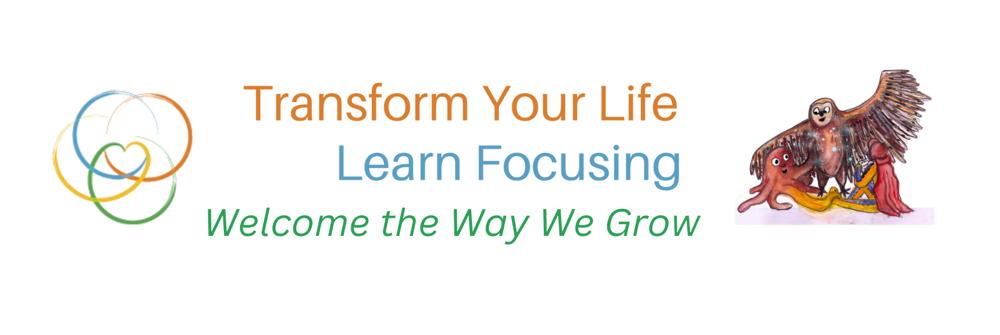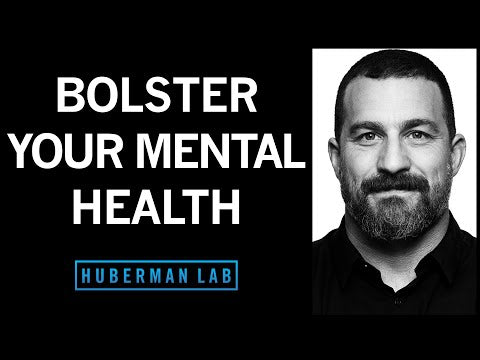Transform Your Life, Learn Focusing, Welcome the Way We Grow
Tools to Bolster Your Mood and Mental Health
This podcast caught my attention because it specifically refers to the value of intentionally exposing ourselves to stressors. Huberman Podcasts were started in 2021 and cover much of the science that is supportive to changing our behaviors. I am deeply appreciative that we have this neuroscience-based resource for mental and physical health knowledge and tools that we might need along the way.
Andrew Huberman, Ph.D., is a neuroscientist and professor at Stanford School of Medicine. He has made numerous significant contributions to the fields of brain development, brain function and neural plasticity, which is the ability of our nervous system to rewire and learn new behaviors, skills and cognitive functioning.



